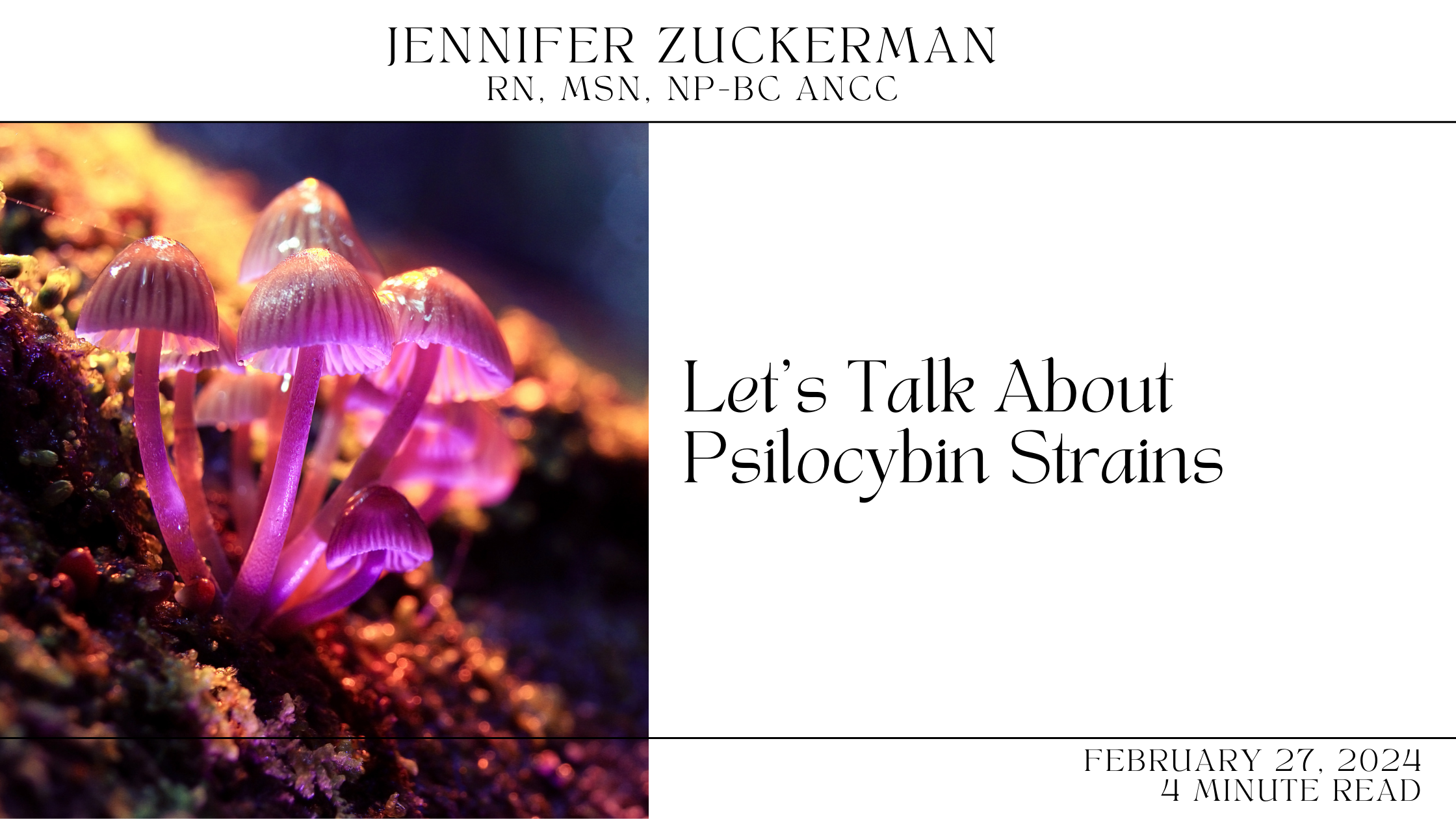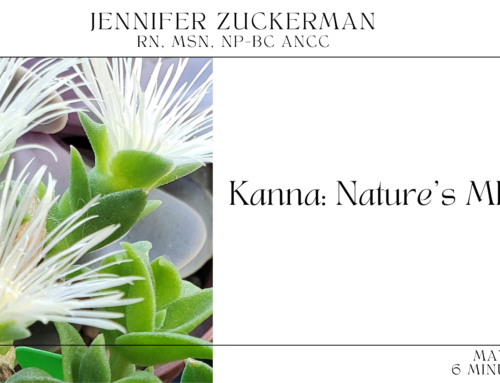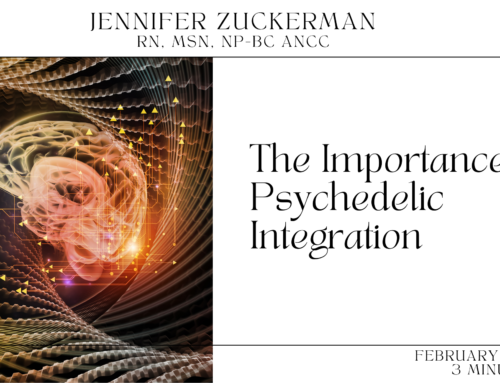In the expansive world of psychedelics, where Psilocybin and Psilocin-containing mushrooms stand as prominent players, the concept of strains, or phenotypes, emerges as a crucial consideration. These strains, born out of the interplay between genetics, environment, and cultivation methods, yield a diverse array of effects on the human psyche. Among these, Psilocybe cubensis, with its numerous varieties and strains, occupies a significant place in the psychedelic landscape. Understanding the nuances of these strains is paramount for individuals seeking to embark on a journey of exploration, healing, or personal growth.
At the heart of the matter lies the fundamental principle of responsible consumption – an ethos that underscores the importance of knowledge, intentionality, and moderation. This principle is encapsulated succinctly in the adage: “start low and go slow.” Contrary to the prevailing ethos of the pharmaceutical industry, which often prioritizes potency and maximal effects, the realm of psychedelics advocates for a more nuanced approach. It emphasizes the potential benefits that can be gleaned from even the smallest doses, echoing the wisdom of ancient cultures that revered these substances for their profound therapeutic and spiritual properties.
Central to navigating the landscape of psychedelic strains is the recognition that each individual’s response to these substances is unique and multifaceted. The effects experienced – whether they be euphoria, introspection, or altered perception – are mediated by a complex interplay of biological, psychological, and environmental factors. This variability underscores the importance of informed decision-making and conscientious self-assessment when embarking on a psychedelic journey.
In the context of Psilocybe cubensis, the variability in strains is a reflection of the species’ genetic diversity and its capacity for adaptation to different environmental conditions. This adaptability has given rise to an extensive array of phenotypes, each possessing its own distinct characteristics in terms of potency, visual aesthetics, and subjective effects. From the classic Psilocybe cubensis Golden Teacher to the enigmatic Psilocybe cubensis Penis Envy, the spectrum of strains offers a kaleidoscopic tapestry of experiences for the discerning psychonaut.
For those venturing into the realm of microdosing – a practice that has gained popularity for its purported cognitive enhancement and mood-regulating effects – understanding strain potency is of paramount importance. Microdosing entails the regular ingestion of sub-perceptual doses of psychedelics, typically on a schedule that alternates between dosage days and rest days. Given the subtlety of the effects sought in microdosing regimens, the choice of strain becomes a critical factor in achieving the desired outcomes.
In the realm of microdosing, the principle of “less is more” takes on added significance. Rather than seeking profound alterations in consciousness, microdosers aim for subtle shifts in mood, cognition, and creativity – effects that are often imperceptible to the untrained observer. In this context, selecting a strain with a lower potency can be advantageous, as it minimizes the risk of inadvertently crossing the threshold into a full-blown psychedelic experience.
Moreover, the choice of strain can influence the qualitative nature of the microdosing experience. Some individuals may find that certain strains are better suited to enhancing focus and productivity, while others may prefer strains that promote relaxation and introspection. By experimenting with different strains and observing their effects over time, microdosers can refine their regimen to suit their unique needs and goals.
Yet, even within the realm of microdosing, the potential for adverse effects such as anxiety cannot be overlooked. While psychedelics have garnered attention for their therapeutic potential in treating conditions such as depression and PTSD, they can also induce feelings of unease or discomfort in susceptible individuals. In such cases, it is essential to adopt a cautious and discerning approach, paying close attention to dosage, frequency, and strain selection.
If anxiety does arise during microdosing, several strategies can be employed to mitigate its impact. Firstly, reassessing the dosage and frequency of microdosing can help to identify whether the anxiety is dose-dependent. By reducing the dosage or extending the rest intervals between doses, individuals can titrate their consumption to a level that minimizes adverse effects while still providing therapeutic benefit.
Additionally, exploring alternative strains or sources of psychedelics may offer a solution for individuals who find that their current strain exacerbates feelings of anxiety. The psychedelic community is replete with anecdotal reports and personal testimonies regarding the subjective effects of different strains, providing a wealth of information for those seeking alternatives.
Furthermore, adjunctive strategies such as mindfulness practices, breathwork, and herbal supplementation can complement the therapeutic effects of psychedelics and help to alleviate anxiety. Herbs such as lavender, chamomile, and passionflower have long been valued for their anxiolytic properties, offering a natural and holistic approach to managing psychological distress.
Ultimately, the journey of exploration and self-discovery facilitated by psychedelics is one that is deeply personal and subjective. While strains and dosage regimens can provide a framework for navigating this terrain, they are but one piece of the puzzle. Equally important are factors such as set and setting – the mindset and environment in which the experience takes place – as well as the individual’s intentions, expectations, and psychological predispositions.
In the quest for insight, healing, and personal growth, it is essential to approach psychedelics with humility, reverence, and respect. These substances have the power to catalyze profound transformations, but they also demand careful stewardship and responsible use. By embracing the principles of harm reduction, informed consent, and community support, we can harness the potential of psychedelics as tools for healing, transformation, and collective evolution. Let us embark on this journey with open hearts, open minds, and a deep reverence for the mysteries that lie ahead.







Leave A Comment